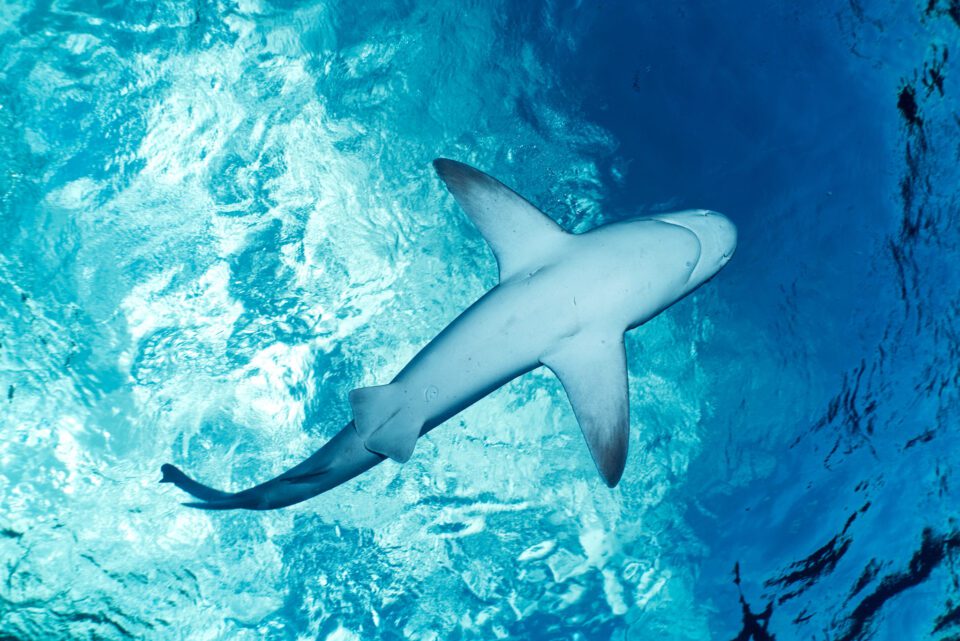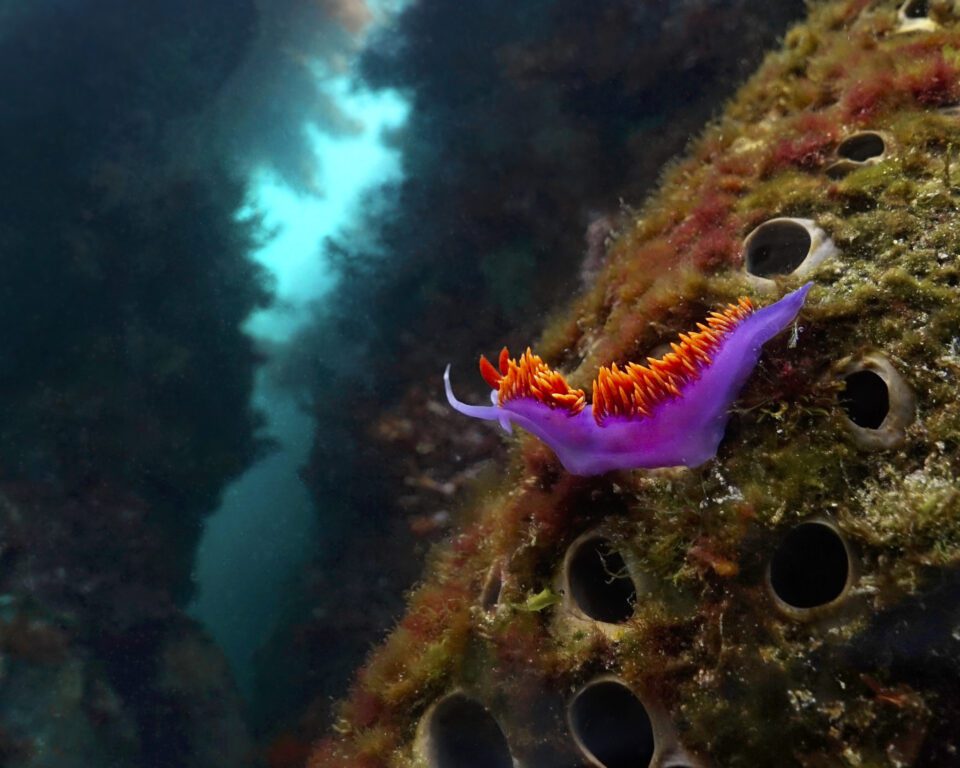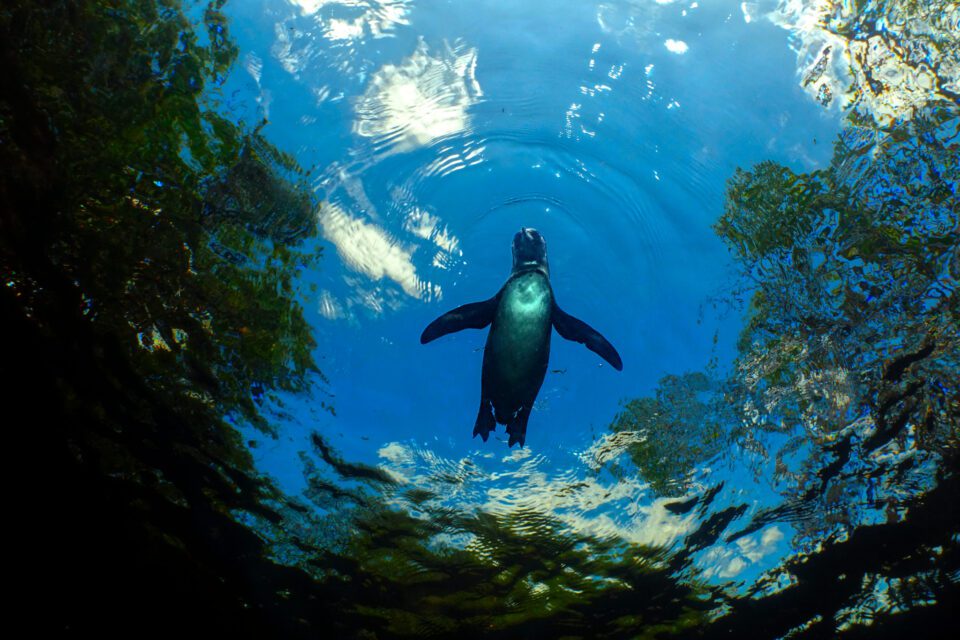9. Prevent Flooding
The word “flooding” – meaning that your underwater housing stops being water-tight – brings fear to the hearts of all underwater photographers. Most have had their experience with flooding in one way or another. It is as tragic as it is expensive. Luckily, there are a couple ways to reduce this risk.
First, always check your O-rings and seals. Before closing housing (or the battery compartment), be sure to examine the seals closely to make sure no sand, hairs, or damage is visible. It just takes a small disruption in the seal to allow water to gradually seep into the electronics. Do not take this step in a rush; do it calmly in a well lit area. Likewise, never open a seal or expose your O-ring on the beach or when your hands are wet.
Second, take care of your O-rings and seals. Neglect will lead to their degradation, which eventually ends up with a flooded camera. Maintain your O rings by applying O-ring grease after each use, and follow all maintenance directions by the manufacturer of the housing. Never bring your camera underwater if you have any suspicion your O-ring or seals are damaged.
Beware of the depth rating. Because water pressure increases with depth, you can only take your camera so deep. Be sure you know the depth rating and try not to push your luck while diving. A lot of GoPros and underwater cameras do not have a particularly deep depth rating without an extra housing.
Along those lines, get an extra housing even for GoPros and waterproof cameras. Although they do not require a housing to shoot underwater, a housing reduces the risk of flooding electronics to almost zero. You can also go deeper with an extra housing. It is well worth it, if just for the peace of mind.
 DSC-RX100M4 @ 9.6mm, ISO 160, 1/200, f/5.6
DSC-RX100M4 @ 9.6mm, ISO 160, 1/200, f/5.69. منع الفيضانات
كلمة "الفيضان" - والتي تعني أن مسكنك تحت الماء لن يكون محكمًا للماء - يجلب الخوف إلى قلوب جميع المصورين تحت الماء. معظمهم لديهم تجربتهم مع الفيضانات بطريقة أو بأخرى. إنها مأساوية بقدر ما هي باهظة الثمن. ولحسن الحظ، هناك طريقتان لتقليل هذا الخطر.
أولاً، تحقق دائمًا من الحلقات والأختام. قبل إغلاق الغطاء (أو حجرة البطارية)، تأكد من فحص السدادات عن كثب للتأكد من عدم ظهور رمل أو شعر أو تلف. لا يتطلب الأمر سوى حدوث اضطراب بسيط في الختم للسماح للماء بالتسرب تدريجيًا إلى الأجهزة الإلكترونية. لا تتخذ هذه الخطوة على عجل؛ افعل ذلك بهدوء في منطقة مضاءة جيدًا. وبالمثل، لا تفتح أبدًا أي ختم أو تعرض الحلقة الدائرية على الشاطئ أو عندما تكون يديك مبتلة.
ثانيًا، اعتني بالحلقات والأختام. سيؤدي الإهمال إلى تدهورها، والذي ينتهي في النهاية بكاميرا مغمورة بالمياه. حافظ على حلقات O الخاصة بك عن طريق وضع شحم الحلقة O بعد كل استخدام، واتبع جميع توجيهات الصيانة من قبل الشركة المصنعة للمبيت. لا تضع الكاميرا تحت الماء أبدًا إذا كان لديك أي شك في أن الحلقة الدائرية أو الأختام الخاصة بك تالفة.
احذر من تصنيف العمق. نظرًا لأن ضغط الماء يزداد مع العمق، فلا يمكنك حمل الكاميرا إلا إلى هذا العمق. تأكد من أنك تعرف تصنيف العمق وحاول ألا تضغط على حظك أثناء الغوص. لا تتمتع الكثير من كاميرات GoPros والكاميرات تحت الماء بتصنيف عمق عميق بشكل خاص بدون غطاء إضافي.
وعلى هذا المنوال، احصل على غطاء إضافي حتى لكاميرات GoPros والكاميرات المقاومة للماء. على الرغم من أنها لا تحتاج إلى مبيت للتصوير تحت الماء، إلا أن المبيت يقلل من خطر إغراق الإلكترونيات إلى الصفر تقريبًا. يمكنك أيضًا التعمق أكثر باستخدام مسكن إضافي. إنه يستحق ذلك، إذا كان فقط من أجل راحة البال.
DSC-RX100M4 عند 9.6 ملم، ISO 160، 1/200، f/5.6



تعليق